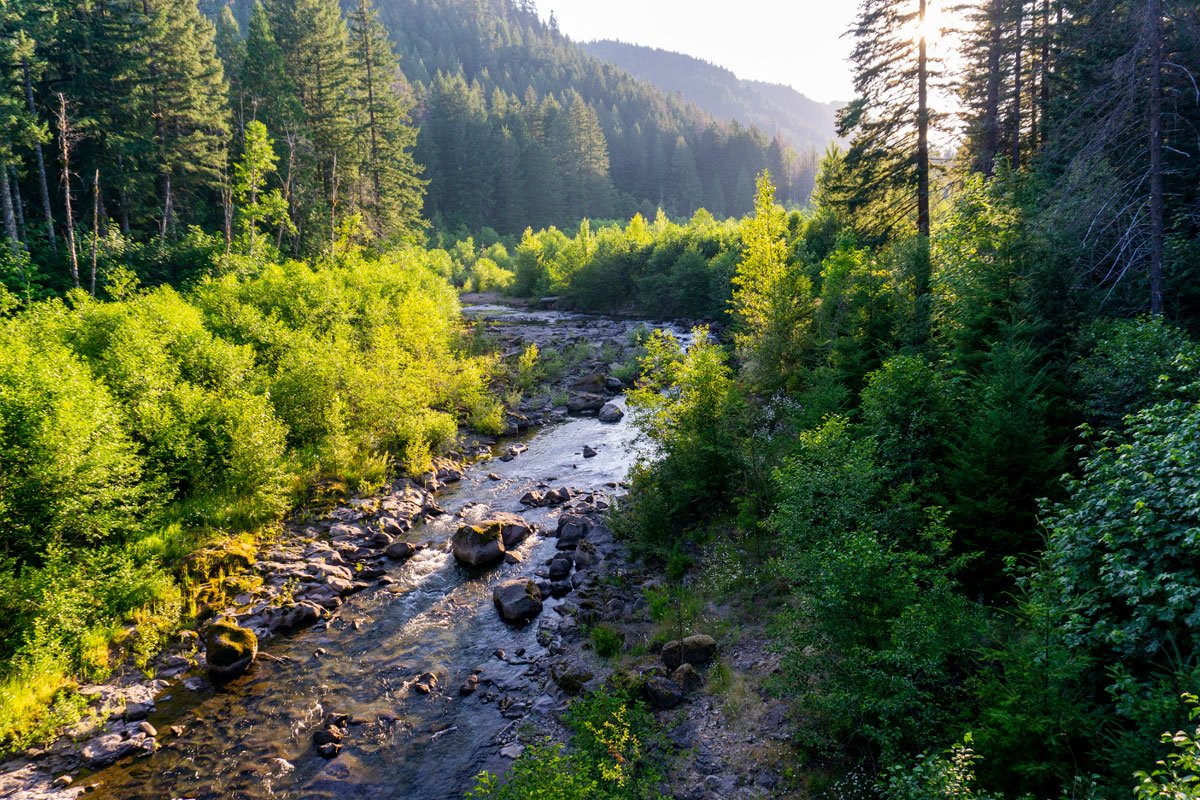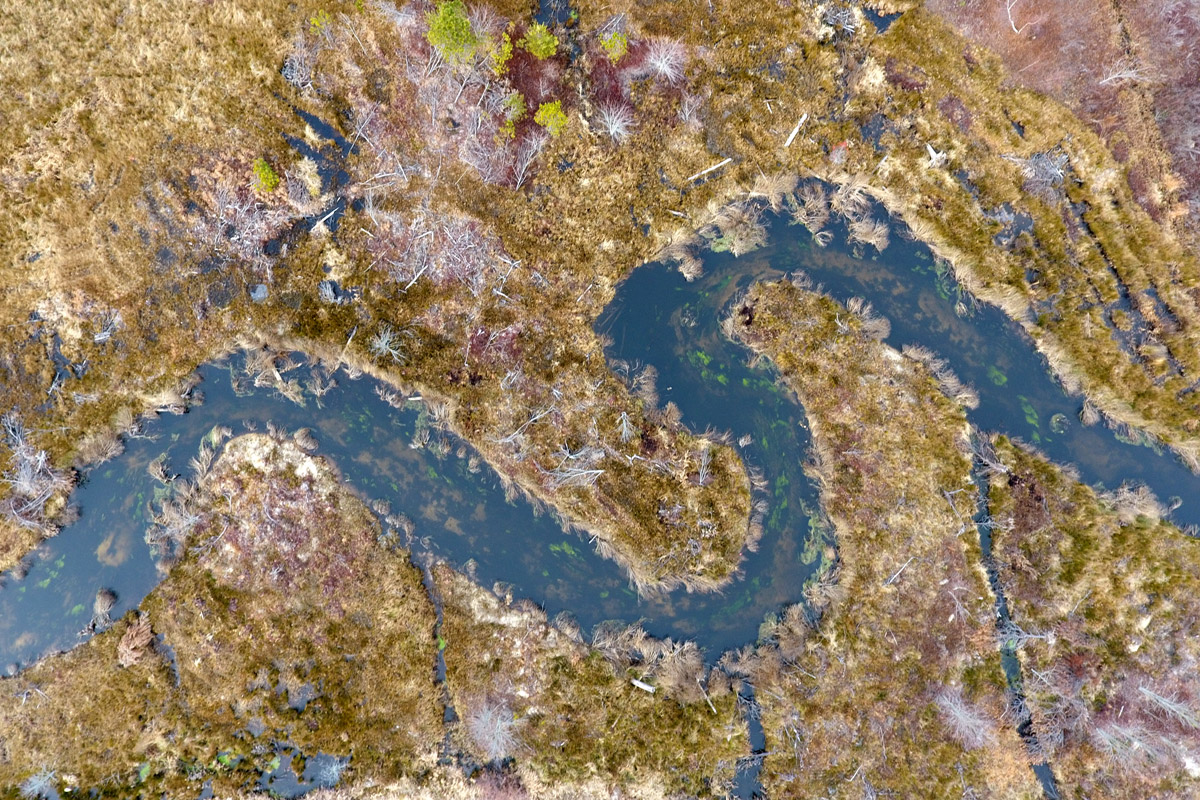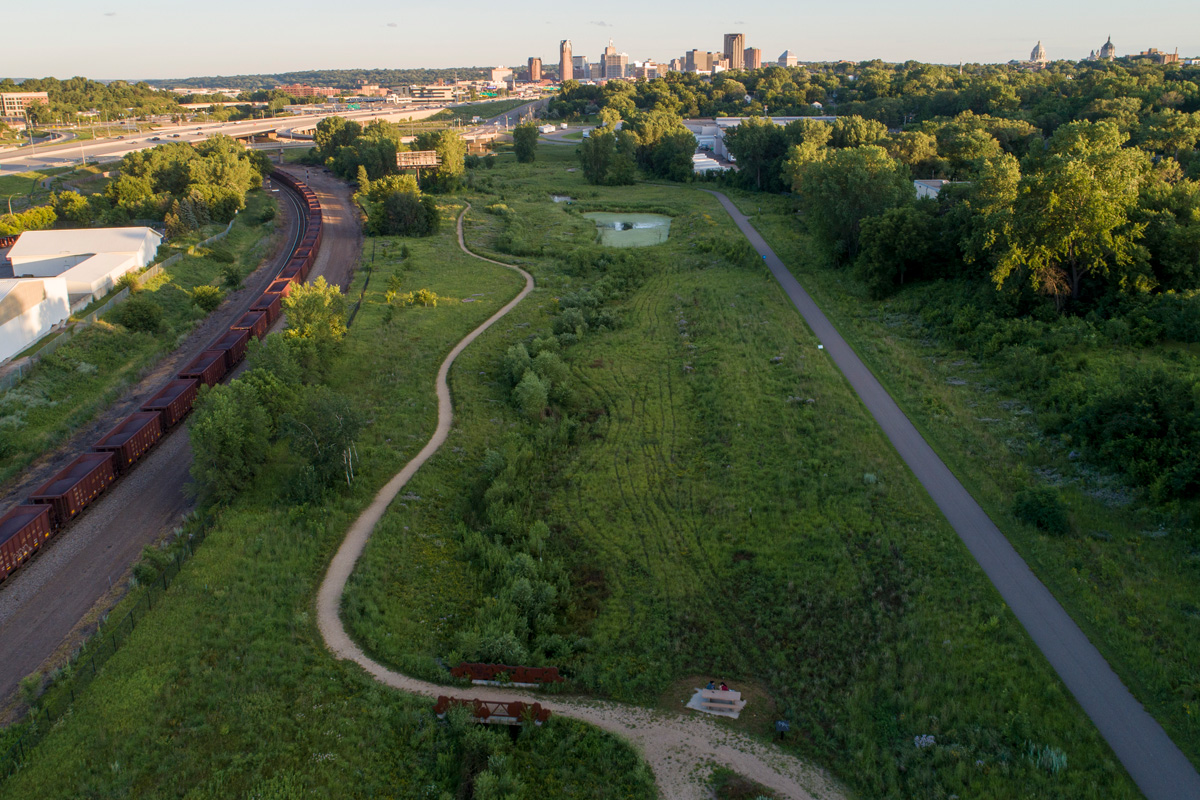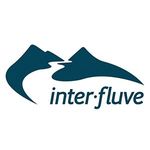
Celebrating 40 Years
at the Place Where
Rivers Connect
Credit for video clip of kingfisher: MIT Media Lab’s Responsive Environments Group, in collaboration with Living Observatory, at Mass Audubon’s Tidmarsh Wildlife Sanctuary. Used by permission.
Our Work
Dam Removal & Fish Passage
Fish passage barriers across the United States are being removed or modified to help fish and wildlife, improve safety and boost recreation. We’ve worked on 150+ dam removals, removed hundreds of culverts, and developed best practices resources for bridge crossings.
Estuary Restoration
Estuaries are dynamic ecosystems where oceans, rivers and human economies converge; they’re also critical to rearing grounds for fish and wildlife and at particular risk to a changing climate. Across the country, we’re reconnecting and restoring these habitats.
Inter-Fluve has completed over 2,600 projects. Here’s where we’ve been working.
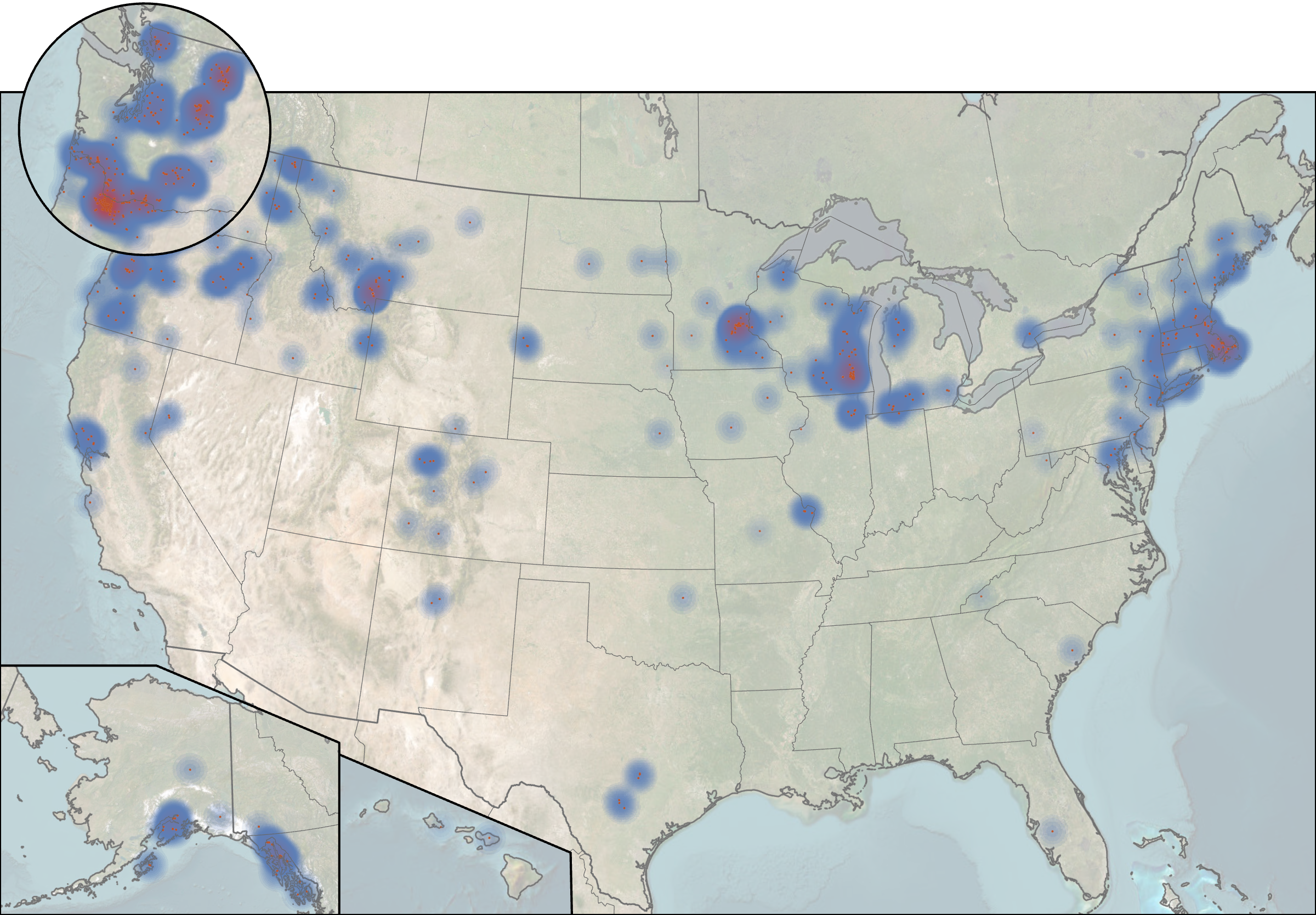
Vinegar to Vincent Habitat Restoration
Kachess River Restoration Project
A century ago, a six-story dredge tore through the floodplain of Idaho’s Prichard Creek. Now, restoration efforts are helping trout return to their coldwater refuge.
Working alongside @idahotroutunlimited, Idaho Forest Group, and other partners, Inter-Fluve helped design and implement Phase 1 of a long-term effort to restore habitat in this heavily impacted tributary to the North Fork Coeur d’Alene River.
This phase added more than 80 large wood structures along a four-mile stretch of creek--the type of structures that would have once formed naturally as massive trees fell into the channel and shaped its path. These are already transforming the stream by capturing sediment, forming pools, and creating the kind of complexity native cutthroat trout need.
Onto Phase 2!
#riverrestoration #habitatrestoration #troutunlimited #coldwaterhabitat #engineeringwithnature #rewilding #idahome
Congratulations to our friends at @theharwichconservationtrust and their partners on their big win at the ACEC/ MA 2025 Engineering Excellence and Awards Gala!
Cold Brook Preserve lies in an area where decentralized septic systems have contributed to nitrogen pollution. Rather than build costly treatment infrastructure, the Town of Harwich and Harwich Conservation Trust (HCT) partnered with the Massachusetts Division of Ecological Restoration (DER) to pursue a nature-based solution: process-based ecological restoration of 66 acres of retired cranberry bogs.
Inter-Fluve led data collection, hydraulic modeling, design, permitting, and construction oversight for the transformation of the site into self-sustaining wetland and stream habitat. The design reestablishes natural hydrology, improves water quality through nitrogen attenuation, and supports fish passage for alewife, blueback herring, and American eel. Habitat complexity was restored using large wood, earthwork, and native plantings, benefiting Species of Conservation Concern. The restoration was designed to be resilient to sea-level rise and climate change, and features new trails and stream crossings for public access. Cold Brook is now a regional model for low-impact wastewater management and ecological restoration. #engineering #capecod #harwich #harwichma #riverrestoration #wetlands
2024 was a record-tying year for dam removals, with 108 dams removed and 2,528+ miles of river reconnected across the U.S. We`re thrilled to celebrate this momentum with @americanrivers and highlight our work on the Washburn Dam removal in New Hampshire.
Removing outdated dams restores fish passage, improves water quality, and enhances public safety. Thanks to this project, the river is flowing freely again, benefiting wildlife and local communities.
🔗See full impact at link in @americanrivers bio!
